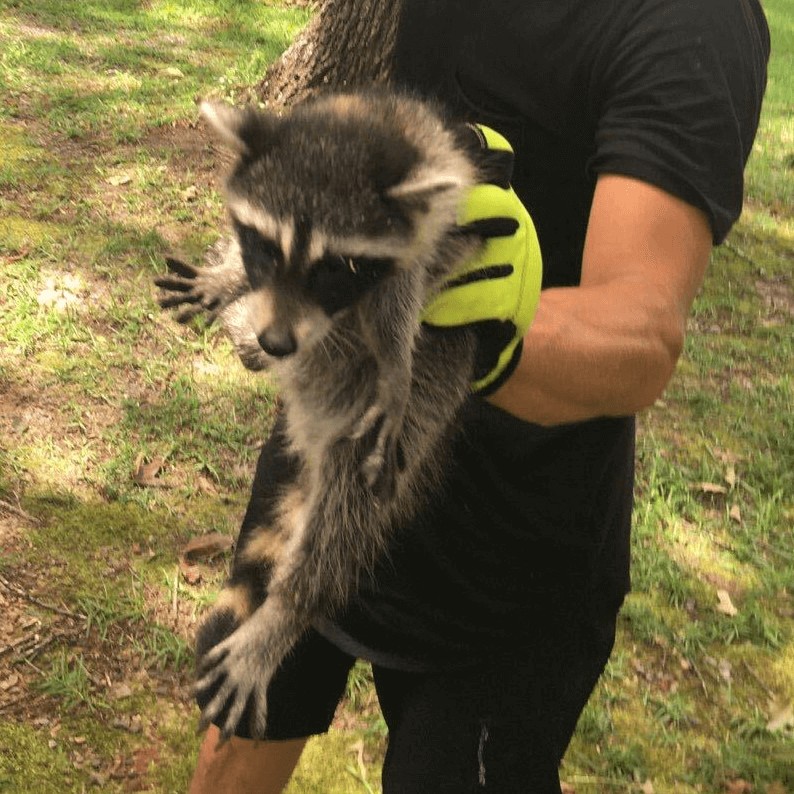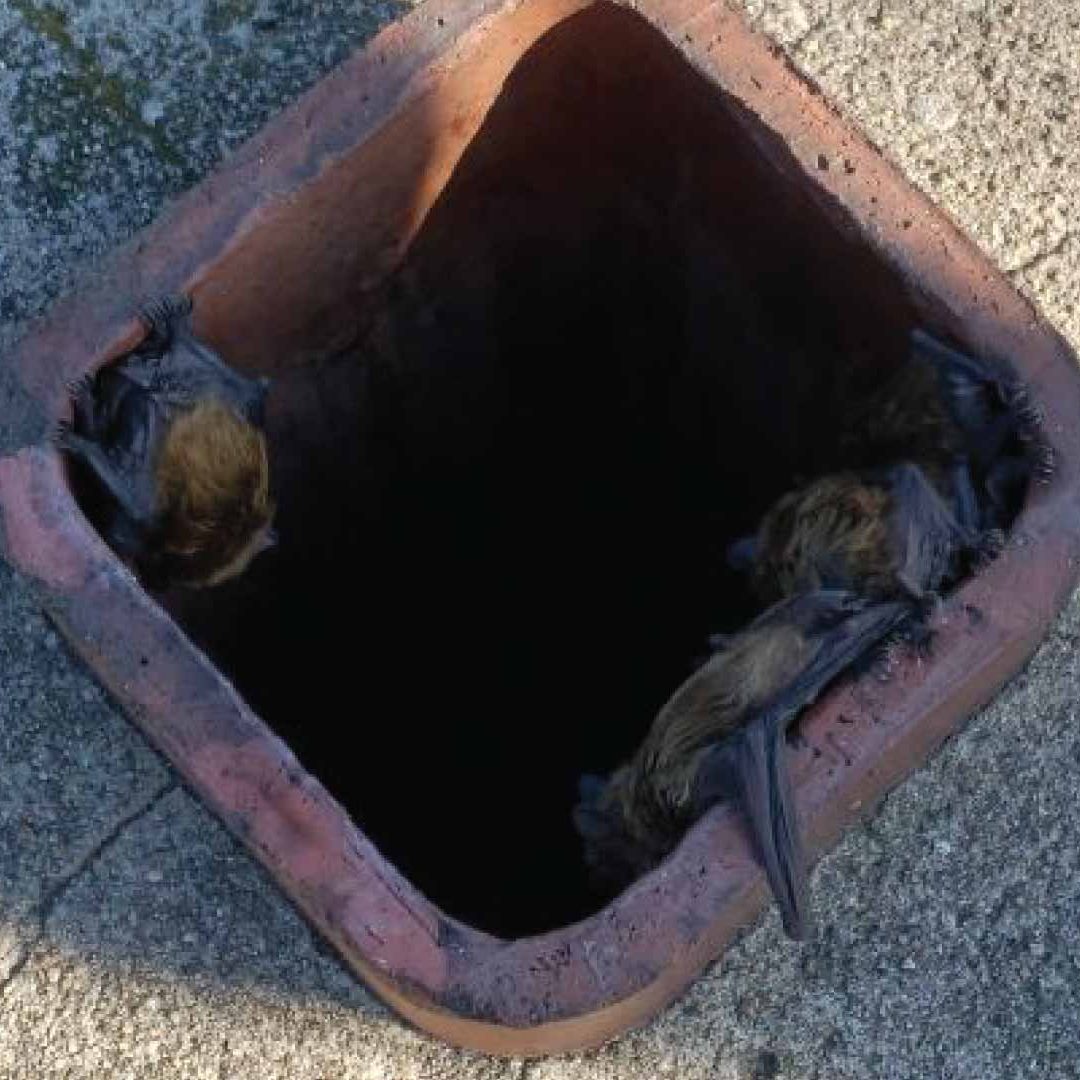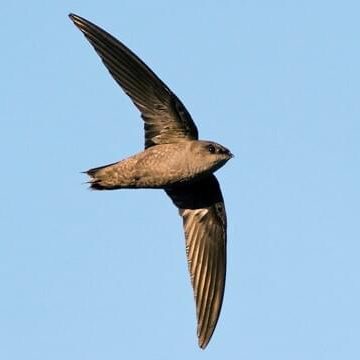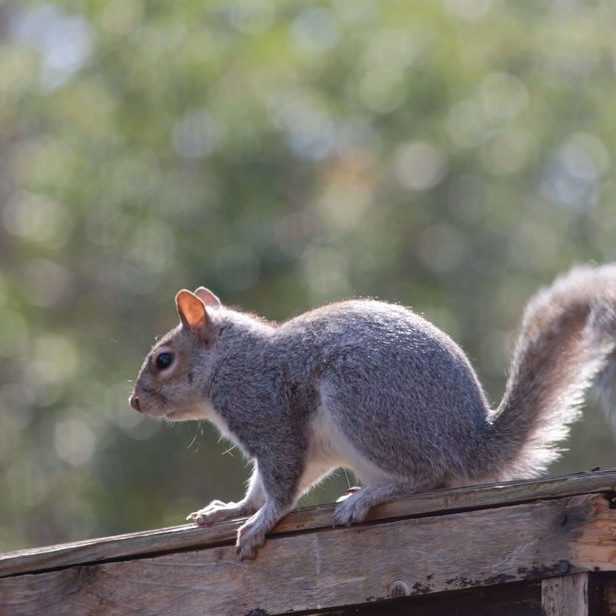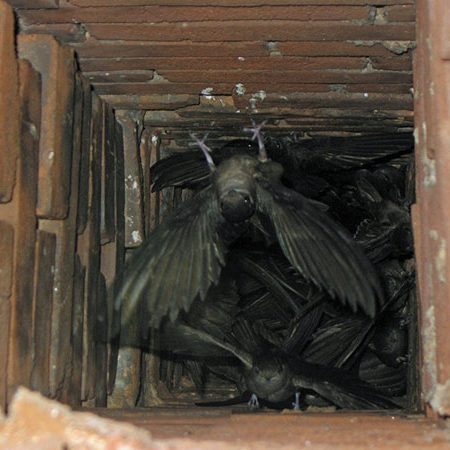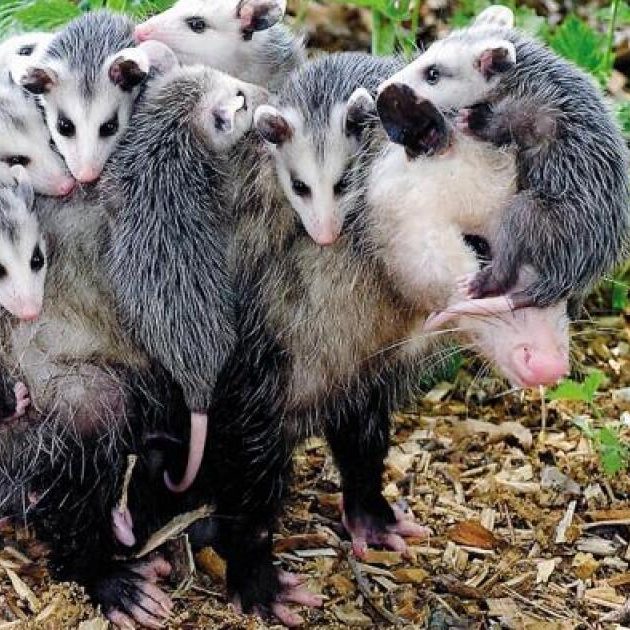Preventing Chipmunks from Entering Chimneys
Chipmunks are cute and tiny creatures that can cause big problems when they enter your chimney. In this webpage, we will discuss why chipmunks are attracted to chimneys, the risks they pose, effective prevention methods, and the professional services provided by SootAway Chimney Sweep to keep your chimney chipmunk-free.
Why Chipmunks Enter Chimneys
Chipmunks are naturally curious and agile creatures. They may enter chimneys in search of shelter, food, or a cozy nesting spot. Chimneys provide a warm and secure environment that appeals to chipmunks, especially during colder months. Their small size and climbing abilities enable them to access chimneys through openings or cracks.
Risks and Concerns with Chipmunk Infestation
While chipmunks are generally harmless, their presence in chimneys can lead to various issues. Chipmunks can damage chimney components such as flue liners, insulation, and dampers by chewing on them. Additionally, their droppings and debris can accumulate, obstructing proper airflow and posing a fire hazard. It’s important to take preventive measures to avoid chipmunk infestation.
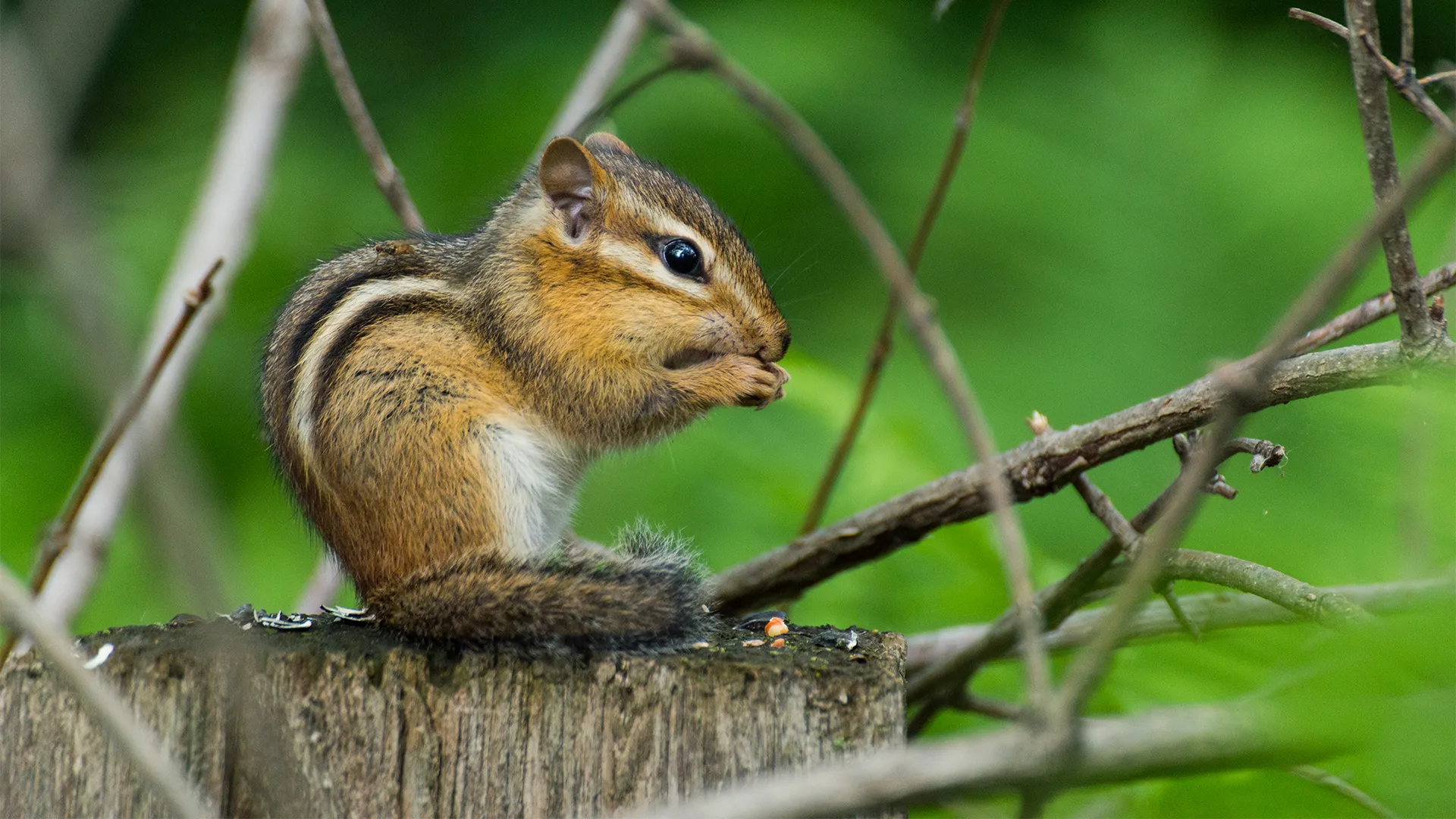
Preventive Measures to Keep Chipmunks Out
Sealing any gaps or openings in the chimney structure is essential to prevent chipmunk entry. SootAway Chimney Sweep offers professional sealing services to ensure a chipmunk-proof chimney.
Their experienced technicians use high-quality materials and proven techniques to seal off access points and keep chipmunks at bay.
Trimming Trees and Vegetation
Chipmunks are skilled climbers and may use overhanging tree branches or vines to access chimneys. By trimming tree branches and removing vegetation that is close to your chimney, you can minimize their pathways and discourage chipmunks from attempting to enter.
SootAway Chimney Sweep can assess the surrounding landscape and provide recommendations for reducing chipmunk access.
Professional Assistance from SootAway Chimney Sweep
If you suspect a chipmunk infestation in your chimney or require expert guidance, SootAway Chimney Sweep is here to help. Their team of professionals specializes in chipmunk prevention and removal.
They can conduct thorough inspections, seal potential entry points, and offer advice on maintaining a chipmunk-free environment. Contact SootAway Chimney Sweep at (866) 345-4751 for reliable and efficient chipmunk prevention services.
Regular Chimney Maintenance
Regular chimney maintenance is key in preventing chipmunk entry. Inspections can identify any signs of chipmunk activity, such as chew marks or droppings.
SootAway Chimney Sweep offers comprehensive maintenance plans to keep your chimney in optimal condition while ensuring it remains chipmunk-free.
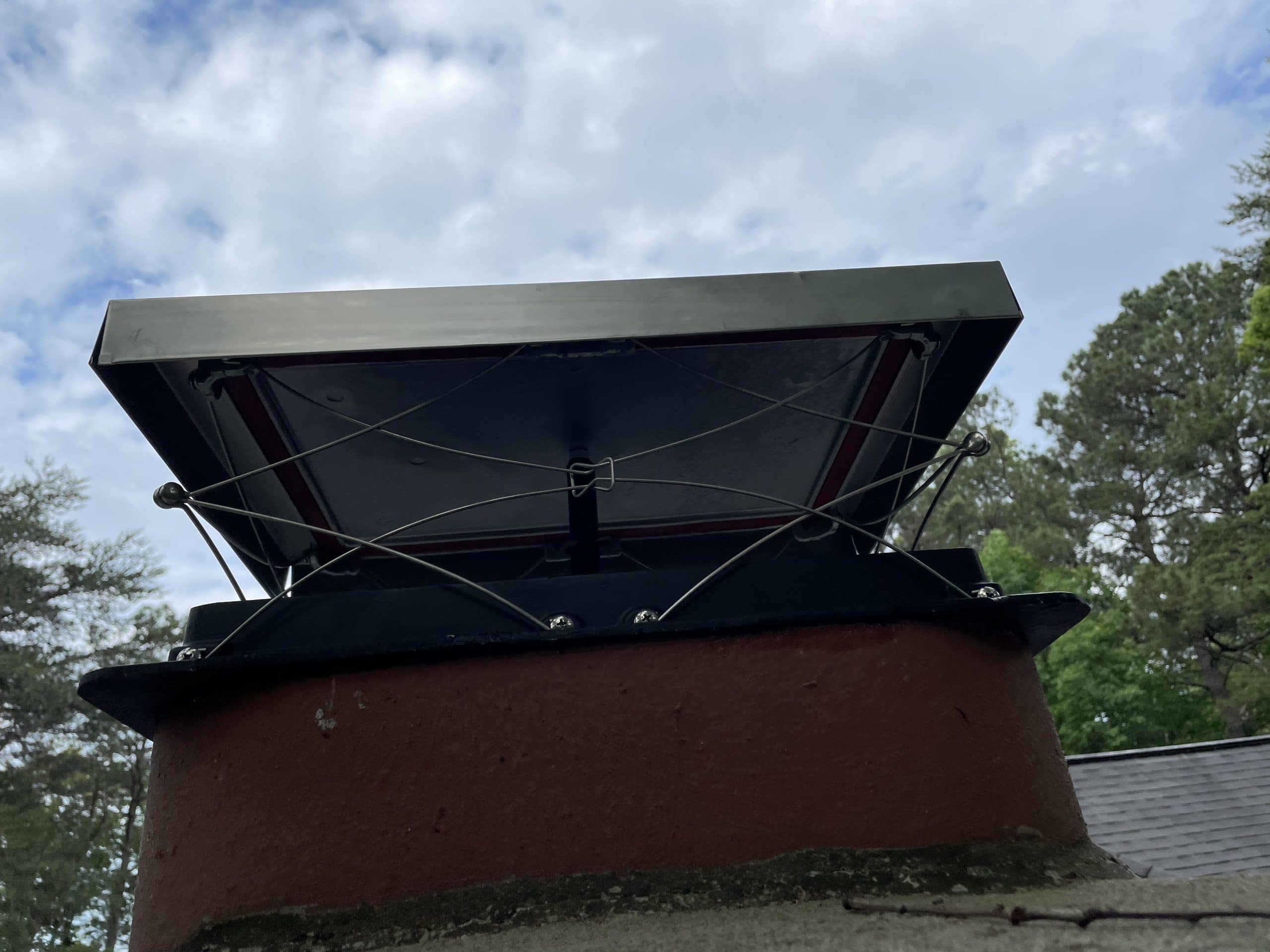
Act Now to Protect Your Chimney
Don’t let chipmunks invade your chimney and cause damage. Take proactive measures by sealing openings, trimming trees, and contacting SootAway Chimney Sweep at (866) 345-4751.
Their professional services will help you safeguard your chimney and maintain a chipmunk-free environment.
Raccoons
Raccoons in the chimney can present a significant challenge for homeowners. These clever and agile creatures are known for their ability to climb and manipulate objects, making chimneys an appealing entry point for them.
Raccoons seek shelter in chimneys as a safe and protected space to nest and raise their young. However, their presence can cause several issues. Raccoons can create obstructions in the chimney, blocking proper airflow and ventilation.
Their nesting materials and droppings can also pose a fire hazard and emit unpleasant odors. Moreover, raccoons are capable of causing structural damage to the chimney itself, including dislodging bricks or damaging the chimney cap.
Due to their potential aggression and the risks associated with handling them, it is crucial to seek professional assistance when dealing with raccoons in the chimney.
Wildlife experts have the necessary tools, knowledge, and experience to safely and humanely remove the raccoons and implement measures to prevent their return.
Bats
Bats are known to enter chimneys primarily for two reasons: roosting and seeking shelter. Bats are nocturnal creatures that are highly adaptable and can take advantage of various habitats for roosting during the day.
Chimneys provide them with dark, enclosed spaces that mimic the natural crevices and tree hollows they typically inhabit.
Chimneys also offer protection from predators and the elements, making them attractive to bats. Additionally, chimneys can provide warmth, especially during colder months, as they retain heat from the home below.
This makes chimneys an appealing roosting site for bats seeking a comfortable and secure place to rest. However, the presence of bats in chimneys can cause problems, including noise, odor, and potential health risks associated with bat droppings (guano).
It is important to handle bat infestations carefully and seek professional assistance to ensure the safe removal of bats and the implementation of proper exclusion methods to prevent their return.
Chimney swifts
Chimney swifts, as their name suggests, have a strong affinity for chimneys as roosting and nesting sites. These small migratory birds have specific characteristics that make chimneys an ideal habitat for them.
Chimney swifts are known for their unique ability to cling to vertical surfaces due to their strong feet and specialized claws. This enables them to roost and build their nests on the vertical walls of chimneys, where they are protected from predators and adverse weather conditions.
The interior of chimneys provides a dark and secure space that resembles the natural tree cavities they typically utilize in the wild. Additionally, chimneys offer an abundant supply of flying insects, which make up the primary diet of chimney swifts.
While their presence in chimneys may not cause structural damage or pose significant health risks, the noise and droppings associated with chimney swifts can be bothersome to homeowners.
It's important to remember that chimney swifts are protected species in some regions, so it is advisable to consult local wildlife authorities or professionals to address any concerns and explore humane options for their management or exclusion from chimneys.
Squirrels
Squirrels are notorious for their ability to find their way into chimneys, and there are a few reasons why they are drawn to these spaces.
Firstly, chimneys offer squirrels protection from predators and harsh weather conditions. The enclosed structure of a chimney provides them with a secure and cozy shelter, especially during colder months. Secondly, squirrels are excellent climbers and jumpers, allowing them to easily access rooftops and chimneys.
They may take advantage of overhanging tree branches or nearby structures to gain access to the chimney. Additionally, squirrels are known for their propensity to hoard food, and chimneys can serve as convenient storage spaces for their winter stash.
They may carry nuts, seeds, or other food items into the chimney for later consumption. However, squirrels in chimneys can cause various issues, including damage to the chimney structure, chewing on electrical wiring, and creating noise and disturbance.
It is advisable to seek professional assistance to safely and humanely remove squirrels from chimneys and implement preventive measures to deter their re-entry.
Birds
Birds can enter chimneys for several reasons, depending on the species and circumstances. One common reason is that birds mistake chimneys for natural nesting sites such as tree cavities or cliff crevices.
The dark and enclosed space of a chimney can be appealing to birds seeking a safe and sheltered location to build their nests and raise their young. Chimneys can also provide protection from predators and adverse weather conditions.
Additionally, some bird species are attracted to chimneys due to the warmth they radiate. During colder seasons, birds may seek out chimneys as a source of thermal comfort and to conserve energy. However, birds nesting in chimneys can create problems for homeowners.
Nesting materials and droppings can block the chimney flue, obstructing proper ventilation and posing fire hazards. The sounds and activities of nesting birds can also be disruptive and cause noise disturbances.
It is important to address bird infestations carefully and consult professionals for their safe removal, as well as to implement preventive measures such as chimney caps or screens to prevent future bird entry.
Opossums
Opossums, with their nocturnal habits and excellent climbing abilities, may occasionally find their way into chimneys. There are a few reasons why opossums may enter chimneys.
Firstly, opossums are opportunistic animals that seek out sheltered spaces for protection and warmth. Chimneys can provide a dark and enclosed environment that resembles their natural dens, which are typically found in tree hollows or underground burrows.
Secondly, opossums are scavengers, and chimneys may attract them with the scent of food or garbage that has accumulated in or around the chimney. Opossums are known to be highly adaptable and can exploit various entry points, including damaged chimney caps or uncapped chimneys.
However, opossums in chimneys can cause problems for homeowners. They can create blockages, damage chimney components, leave behind droppings, and potentially introduce parasites or diseases.
If an opossum is found in a chimney, it is recommended to contact professionals who can safely and humanely remove the animal and implement measures to prevent future access.

